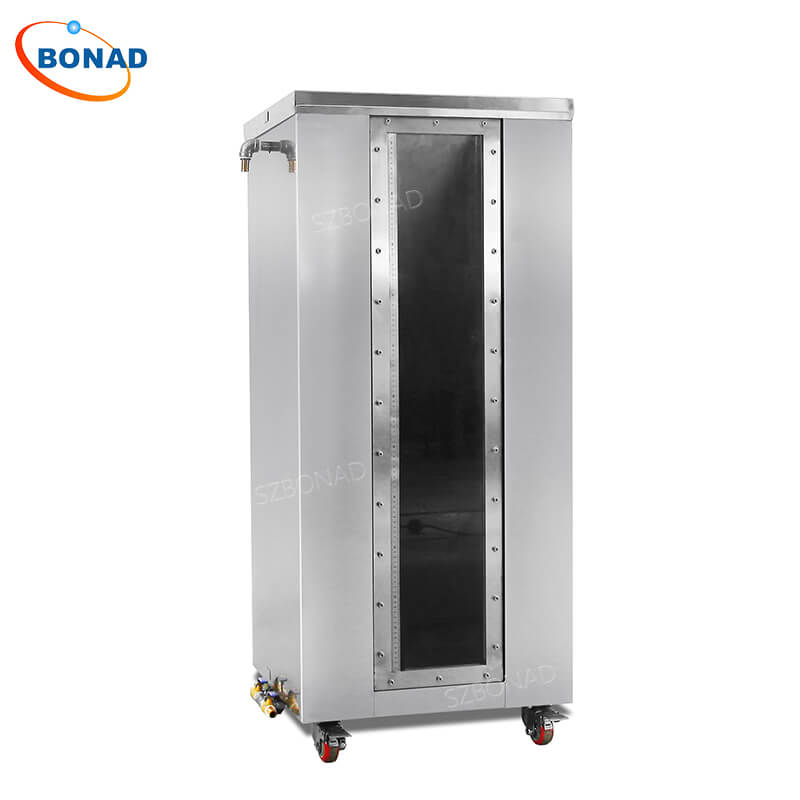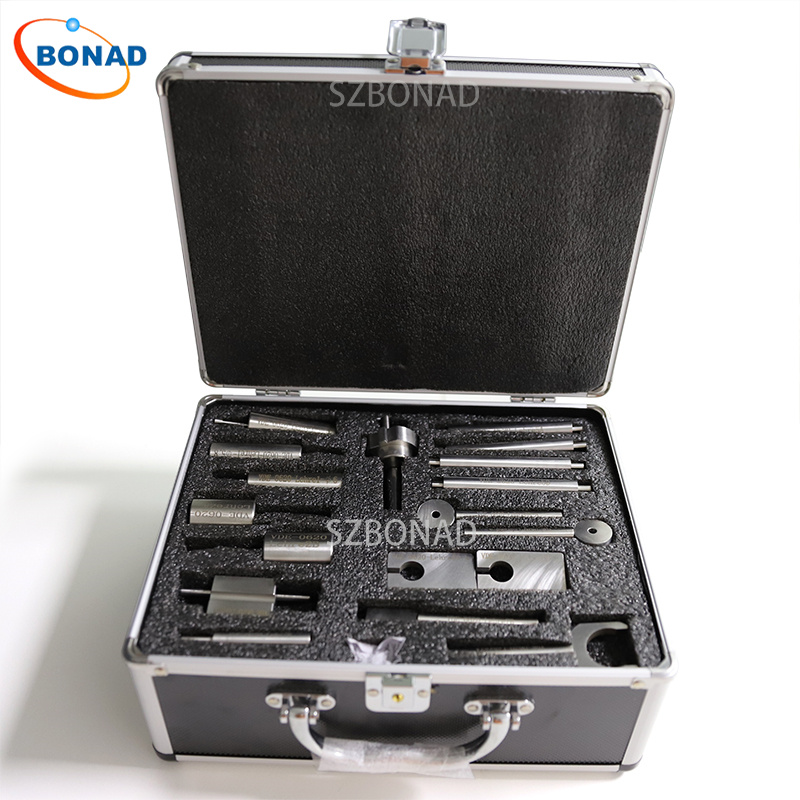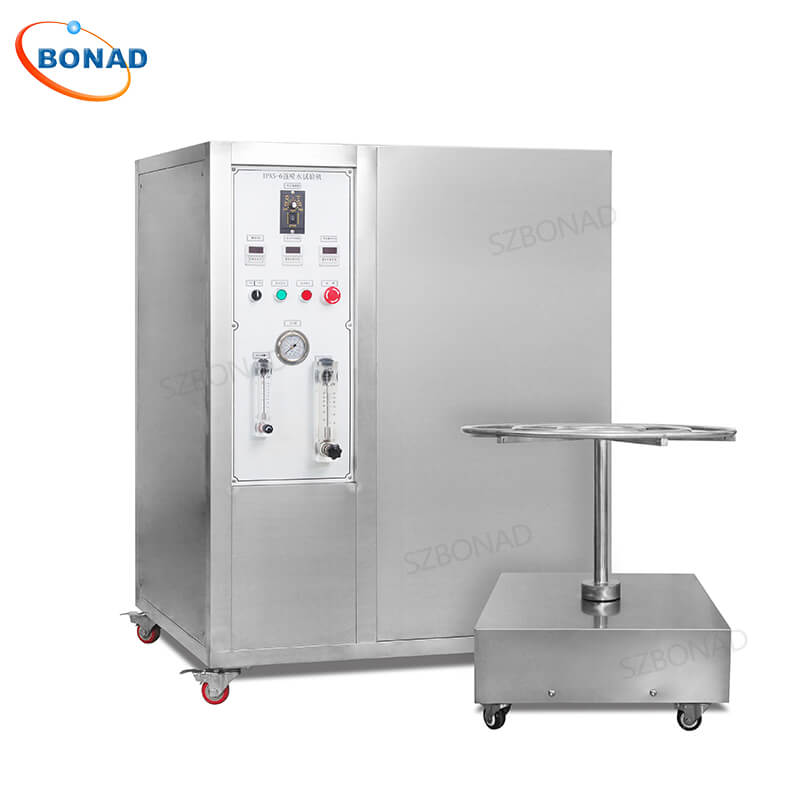In scientific research, industrial production, and quality control, the waterproof test chamber is essential for evaluating product waterproof performance. Its stable operation ensures accurate and reliable test results. However, issues like temperature fluctuations, humidity inaccuracies, and seal failures can disrupt testing and mislead results.
Therefore, learning to prevent abnormalities in the waterproof test chamber is vital for maintaining quality and efficiency. This guide covers daily maintenance, operational standards, environmental control, and fault prevention to help you avoid common issues.
Daily Maintenance of the Waterproof Test Chamber
- Regular Cleaning:
Clean the interior and exterior regularly to remove dust, water stains, and residues. Focus on sealing rings, water tanks, and drainage pipes to prevent clogging or corrosion. - Check Sealing Performance:
The sealing ring is critical for isolating moisture. Inspect it regularly for aging or damage, and replace worn parts promptly. - Lubrication Maintenance:
For chambers with moving parts, apply lubricant periodically to reduce wear and extend equipment life.
Standard Operation Guidelines
- Accurate Parameter Settings:
Set temperature, humidity, pressure, and test time according to product requirements and waterproof ratings. - Even Sample Placement:
Distribute samples evenly to avoid overstacking, ensuring uniform conditions and reducing chamber strain. - Monitor and Record Data:
During tests, observe temperature and humidity changes closely. Stop immediately if anomalies occur, and investigate the cause.
Environmental Control Tips
- Stable Power Supply:
Use a stable power source and consider a UPS backup to prevent damage from voltage fluctuations or outages. - Control Room Temperature:
Maintain an optimal ambient temperature and ensure proper ventilation to avoid overheating. - Avoid Interference:
Keep the chamber away from electromagnetic sources like large motors or inverters to ensure accuracy and stability.
Fault Prevention and Response
- Regular Calibration:
Calibrate temperature and humidity sensors periodically to ensure data accuracy. - Preventive Maintenance:
Follow the user manual to create a maintenance plan, including part replacements and electrical checks. - Emergency Response Plan:
Develop a clear protocol for handling faults to minimize downtime and losses. - Train Operators:
Educate operators on chamber principles, standard procedures, and troubleshooting to reduce human error.
Conclusion
Preventing abnormalities in the waterproof test chamber requires a proactive approach to maintenance, operation, and environment. By implementing these practices, you can reduce faults, ensure testing accuracy, and improve efficiency.
BONAD offers professional waterproof testing solutions and equipment, including customized devices tailored to your specific needs.



